Proper Management of Brackish Water Shrimp Farming During Hot Weather Conditions
The combination of extreme daytime heat and significant drops in night-time temperatures causes fluctuations in pond conditions, increasing the risk of acute hepatopancreatic necrosis disease (AHPND), white feces disease, EHP, and other stress-related issues in shrimp. These fluctuations negatively affect shrimp growth and can lead to significant losses if not managed well.
Key Management Practices for Farmers During Heatwaves:
Monitor weather and water conditions regularly. Use water with salinity ≥ 5‰ and treat it before introducing it to ponds.
Maintain stable water parameters:
- Salinity: ≥ 5‰
- pH: around 7.5
- Alkalinity: ≥ 120 mg/l
- Water transparency: 20–35 cm
- Dissolved oxygen: > 5 mg/l
- Regularly monitor and control toxic gases: NH₃, NO₂, and H₂S.

Supplement with lime and essential minerals—especially Calcium, Magnesium, and Potassium—to prevent soft shell syndrome and muscle opacity, particularly in low-salinity ponds.
Stock at moderate densities to minimize stress and improve growth performance.
Test pond water twice a week for harmful bacteria (e.g. Vibrio), keeping total Vibrio below 1,000 CFU/ml, and monitor for V. parahaemolyticus (AHPND) and Vibrio species causing white feces disease.
If shrimp show signs such as stunted growth, weak feeding, slow development, inconsistent sizes, or white muscle patches, report to local authorities for disease testing.
Feeding Strategies in High Temperatures:
When water temperature exceeds 33°C, reduce feed amount by 30–50% or skip feedings to avoid water quality deterioration. Increase use of probiotics, digestive enzymes, and organic acids to support gut health and water cleanliness.
Feed slightly less than required, split into multiple feedings per day, and maintain dissolved oxygen ≥ 5 mg/l to ensure proper oxygen levels for shrimp and aerobic microbial communities.
Pre-Stocking Preparation and Post-Larvae Selection:
Strictly follow recommended stocking schedules and choose the best timing based on local weather.
Thorough pond preparation is critical. Eliminate disease-carrying hosts such as wild shrimp, fish, clams, crabs, and snails before water intake.
If possible, implement multi-phase nursery systems with HDPE-lined ponds and central siphon pits for better water management and disease control.
Choose high-quality, certified post-larvae from reputable hatcheries with clear origins and health certifications. Post-larvae must be tested negative for at least three major diseases: White Spot Syndrome Virus (WSSV), AHPND, and EHP.
Recommended sizes:
- Black tiger shrimp: ≥ post-15
- White-leg shrimp: ≥ post-12
Post-larvae should be uniform, active, able to swim against the current, and show strong reflexes. The hepatopancreas and gut should be dark-colored, and deformity rate < 0.5%.
Begin with a trial stocking over a portion of the pond. If conditions and shrimp are good, proceed with full stocking.

If possible, prepare a 100–200 m² nursery pond to raise post-larvae for 15–30 days before transferring to grow-out ponds.
Farmers should always stay updated on weather forecasts and expert guidance, thoroughly prepare ponds, and select high-quality seedstock to ensure a successful and resilient shrimp crop.
Source: nguoinuoitom.vn
Aqua Mina's distributor in Japan: REX INDUSTRIES CO., LTD
- Address: 1-9-3 Hishiya-Higashi, Higashi-Osaka 578-0948 JAPAN
- Email: kimakubo@rexind.co.jp
- Phone: +81-(0)72-961-9893
- Website: http://www.rexind.co.jp/e/

WE WORK FOR YOUR SUCCESS!
Ngày đăng : 21/04/2025
1951 View
Other Articles
Vietnamese shrimp and catfish choose a sustainable path in global competition
End-of-Season Shrimp Prices Reach Record Highs
Norway – Russia Reach Barents Sea Fisheries Agreement for 2026
Cà Mau strengthens traceability to enhance the competitiveness of the shrimp industry.
Cold stress: Effects on the plasma characteristics of whiteleg shrimp.
A new breakthrough in the prevention of diseases caused by the microsporidian parasite EHP in shrimp farming
Vietnam’s shrimp export outlook in the first quarter of 2026 continues to face heavy pressure from tariffs.
New England’s shrimp fishery to shut down for the long haul after years of decline
Crab exports to the United States account for more than 80%.
Thailand sets a target to increase shrimp production to 400,000 tons by 2026.
CTU-RAS: Recirculating Shrimp Farming for Sustainable Development
Vietnamese aquatic products reach new markets








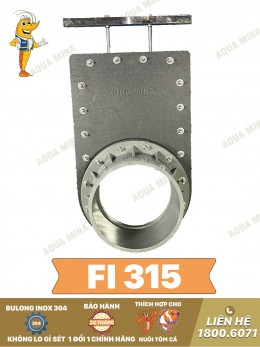
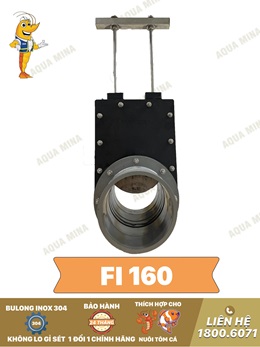
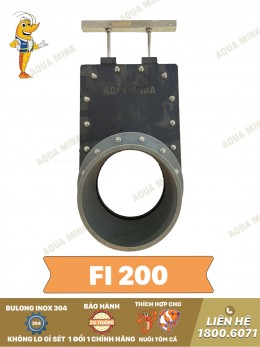
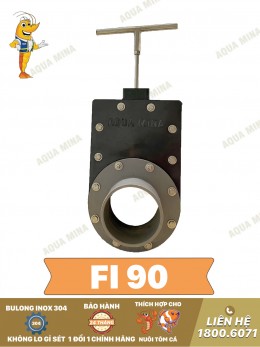
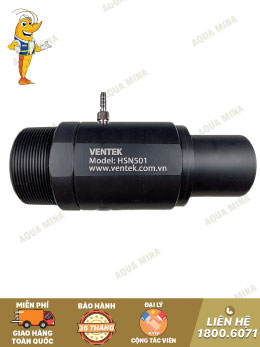
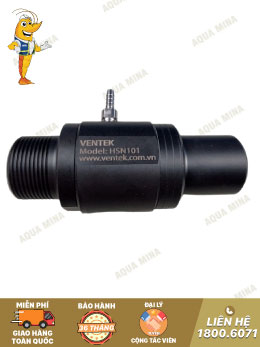
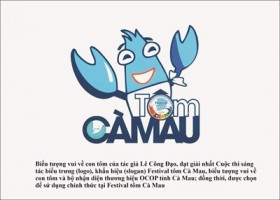
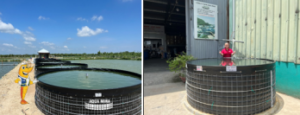
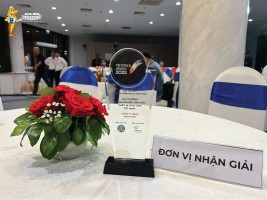
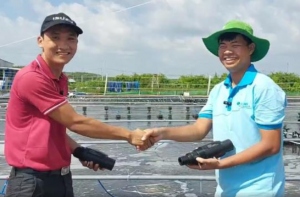
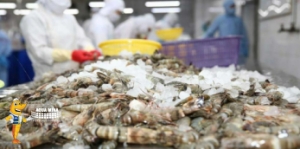
.jpg)